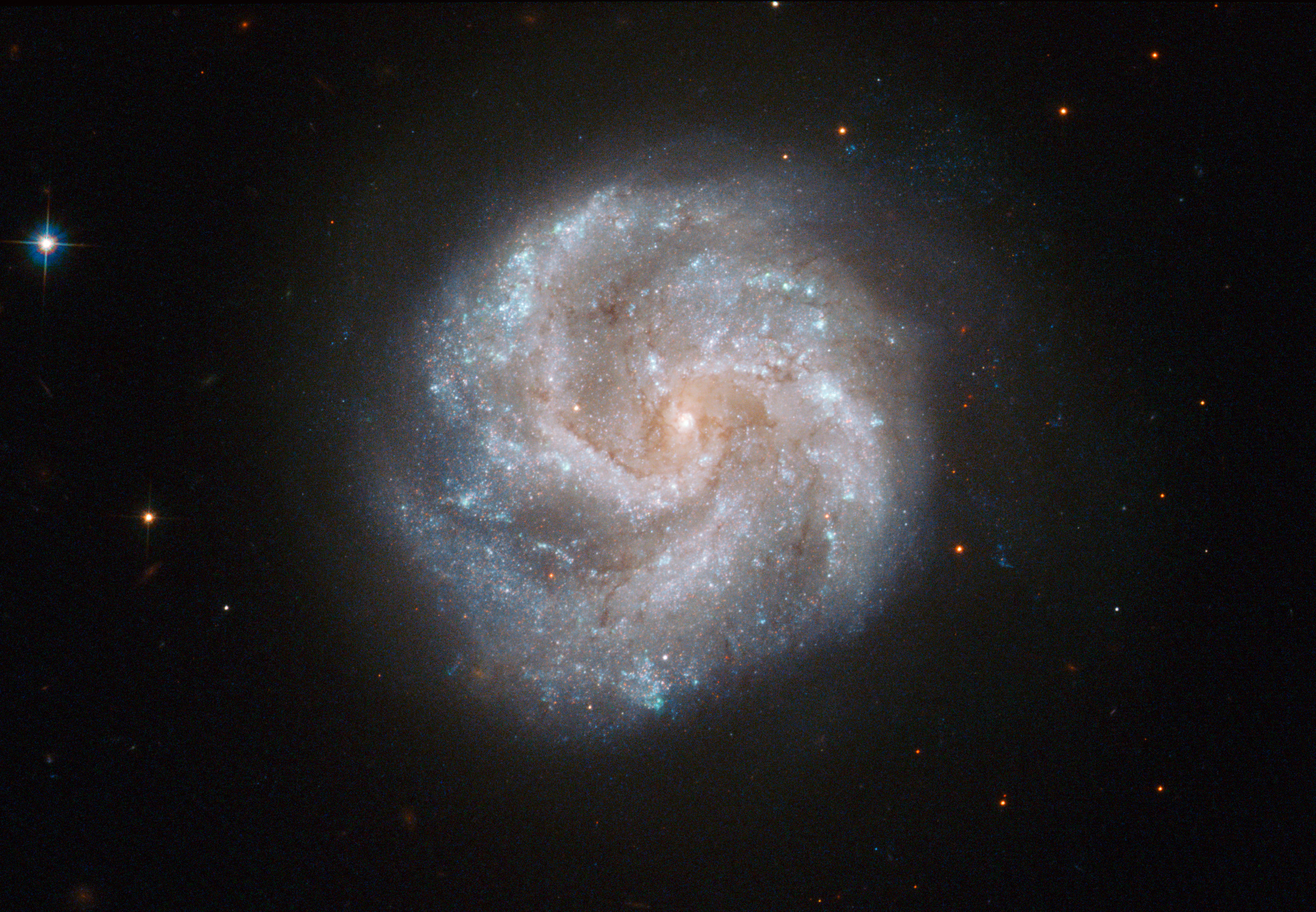Please login in order to download photos in full size
If you are not registered, please register for free: www.Free-Photos.biz/register
Please note to download premium images you also need to join as a free member..
You can also save the photos without the registration - but only in small and average sizes, and some of them will have the site's watermark. Please simply click your right mouse button and save the image.
Please login in order to like photos
If you are not registered, please register for free:
Sorry, non-members can download up to 1100 full-size photos per month.
It looks like you have used up your limit.
Free members can download an unlimited number of full-size photos - including the premium free photos.
Join as a member today for FREE! - and download the images without limitations:
www.Free-Photos.biz/membership.php
You can also save the images without the membership - but only in small and average sizes, and some of them may have the site's watermark. Please simply click your right mouse button and save the image.

|
This is a premium free photo
This photo was viewed 2 times and was downloaded in full size 2 times.
This photo was liked 0 times
If you are a member, please login in order to see the source link of the above image.
Summary
| Description |
English: Hubble's Advanced Camera for Surveys has captured this moment in the ever-changing life of a spiral galaxy called IC 391. Although these massive star cities appear static and unchanging, their stellar inhabitants are constantly moving and evolving, with new stars being born and old stars reaching the ends of their lives —often in spectacular fashion, with an immense supernova explosion that can be viewed from Earth.
On 3 January 2001, members of the Beijing Astronomical Observatory discovered such an explosion within IC 391 and it was named SN 2001B. This was a Type Ib supernova, which occurs when a massive star runs out of fuel for nuclear fusion and collapses, emitting vast amounts of radiation and creating a powerful shock wave. Hubble has contributed much to our understanding of supernovae in recent years, and it has made an extensive study of supernova 1987A (heic0704), the brightest such stellar explosion to be seen from Earth in over 400 years. IC 391 lies about 80 million light-years away in the constellation of Camelopardalis (the Giraffe) in the far northern part of the sky. The British amateur observer William Denning discovered it in the late nineteenth century, and described it as faint, small and round. This picture was assembled from images taken with Hubble’s Wide Field Channel on the Advanced Camera for Surveys. Images through a blue filter (F435W) were coloured blue, those through a green filter (F555W) are shown as green and those through a near-infrared filter (F814W) are shown in red. The exposure times were 800 s, 700 s and 700 s respectively and the field of view is 2.1 by 1.4 arcminutes. |
|||
| Date | 31 January 2011 | |||
| Source | https://www.spacetelescope.org/images/potw1105a/ | |||
| Author | ESA/Hubble & NASA | |||
| Permission (Reusing this file) |
|
Licensing
| This file is licensed under the Creative Commons Attribution 3.0 Unported license. | ||
|
Public Domain
| EXIF data: | |
| File name | ic_391.jpg |
|---|---|
| Size, Mbytes | 2.6942490234375 |
| Mime type | image/jpeg |
While the copyright and licensing information supplied for each photo is believed to be accurate, Free-Photos.biz does not provide any warranty regarding the copyright status or correctness of licensing terms. If you decide to reuse the images from Free-Photos.biz, you should verify the copyright status of each image just as you would when obtaining images from other sources.
The use of depictions of living or deceased persons may be restricted in some jurisdictions by laws regarding personality rights. Such images are exhibited at Free-Photos.biz as works of art that serve higher artistic interests.
PRIVACY POLICY
By registering your account and/or by subscribing to new and newly rated photographs you agree we may send you the links to photos and we may occasionally share other information with you.
We do NOT disclose your personal data.



